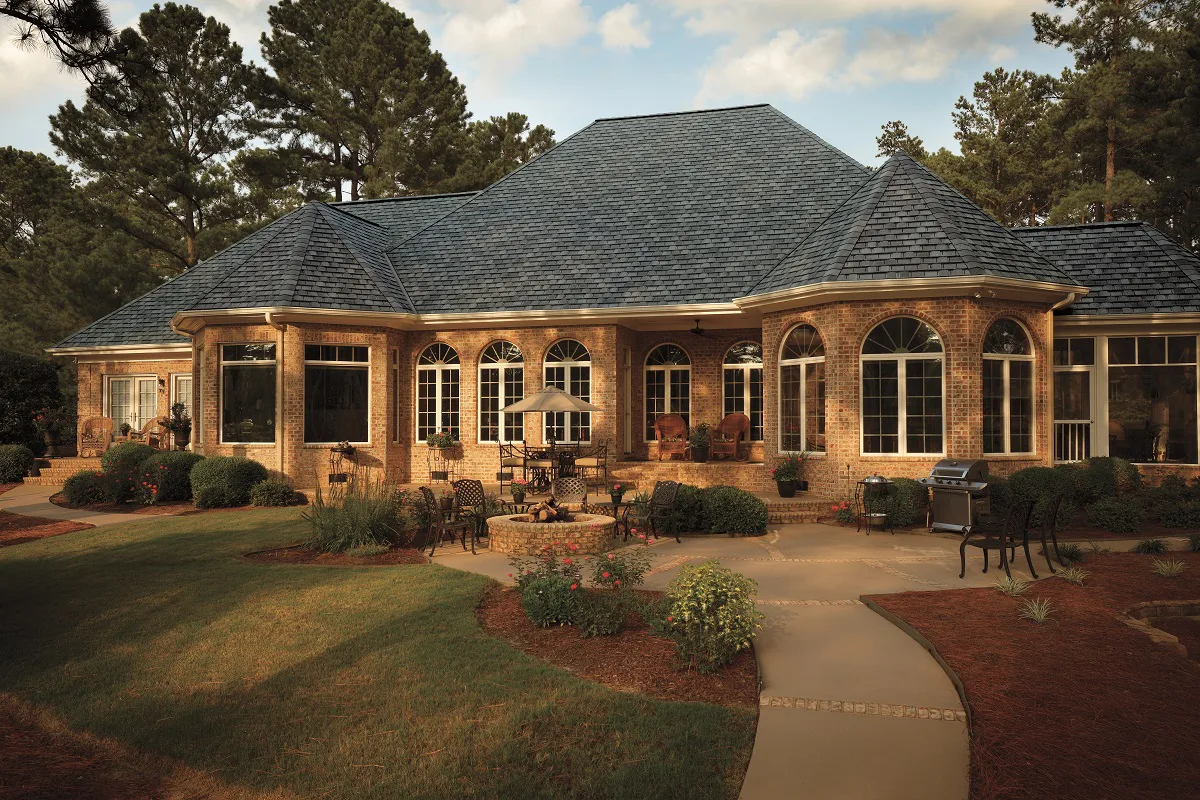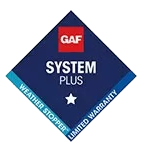
Roof leaks are a concern at the best of times, but during a major windstorm or other harsh weather conditions, the problem can be twice as frightening. To keep yourself safe, it is important to stay off your roof when weather conditions are bad, as you could easily fall and injure yourself. However, if you do not remedy the problem immediately, you may require a new roof installation by the time the storm passes.
Thankfully, there are a few ways that you can prevent a roof leak during adverse weather conditions without climbing up on your roof and putting yourself at risk. The professional roofers at NuHome have listed a few ways to safely remedy a roof leak during these times.
Tips for Protecting Your Roof from Leaks During Bad Weather Conditions
Pinpoint the location of the drip
Your first course of action during a leak should be to climb into your attic and inspect your roof from inside until you find the specific problem area. Once you have found the point where water droplets are coming down, it will be much easier to find a short term solution to the problem until the bad weather passes. Once you are able to contact a professional, you may want to consider attic insulation to prevent future water damage.
Prevent further water damage
In order to protect various materials in your attic such as drywall from further water damage, we recommend laying a piece of wood or another sturdy material underneath the area that is dripping. You can then place a large bucket on this piece of wood to catch the water until the bad weather conditions stop. Placing a bucket directly on the surface of the attic could be dangerous as the bucket may fall through if the surface is already damaged.
Find the source of the problem
If you can trace the location where water is dripping back towards the source of the problem from inside your attic, it is important to do so. You may notice the water running along a roof rafter before it reaches the spot where the water actually drips into your home.
Cover the leak from inside
In order to temporarily stop the leak until the storm passes, you can apply roofing tar to the problem area, and attach a spare piece of wood or roofing material to prevent water from passing through. This simple technique could be the difference between a relatively noninvasive shingle replacement and a new roof installation.
Contact us today to get a free quote on a new roof installation, a roof repair, or any of our other top-rated services!












